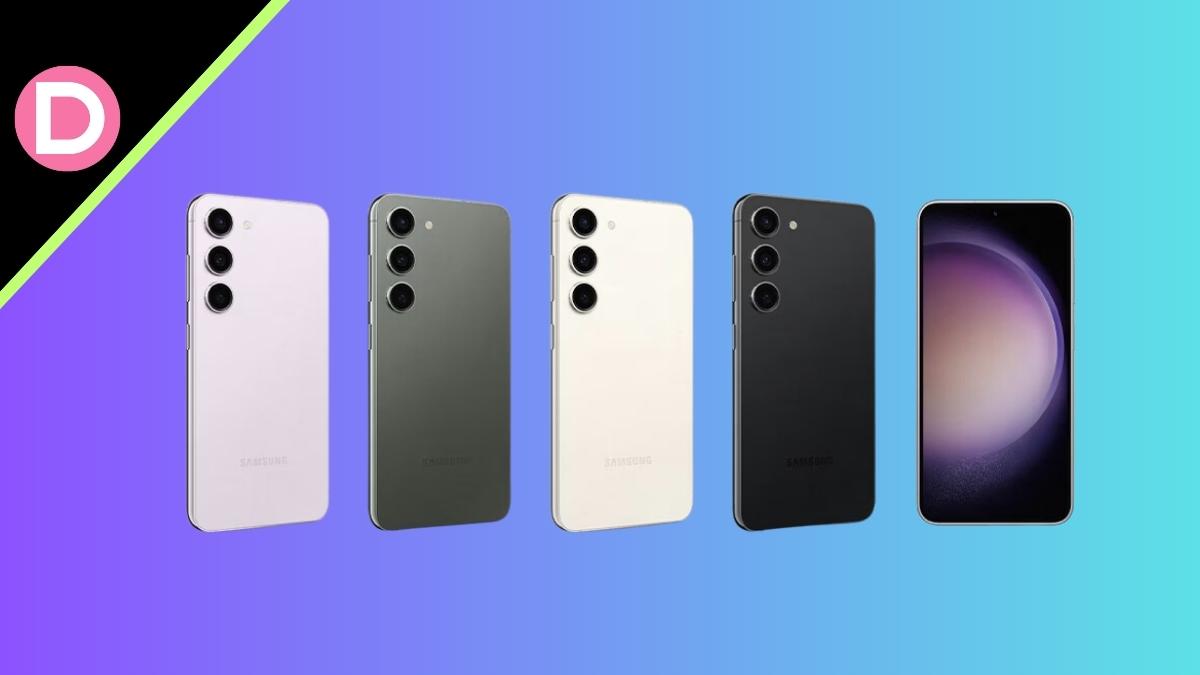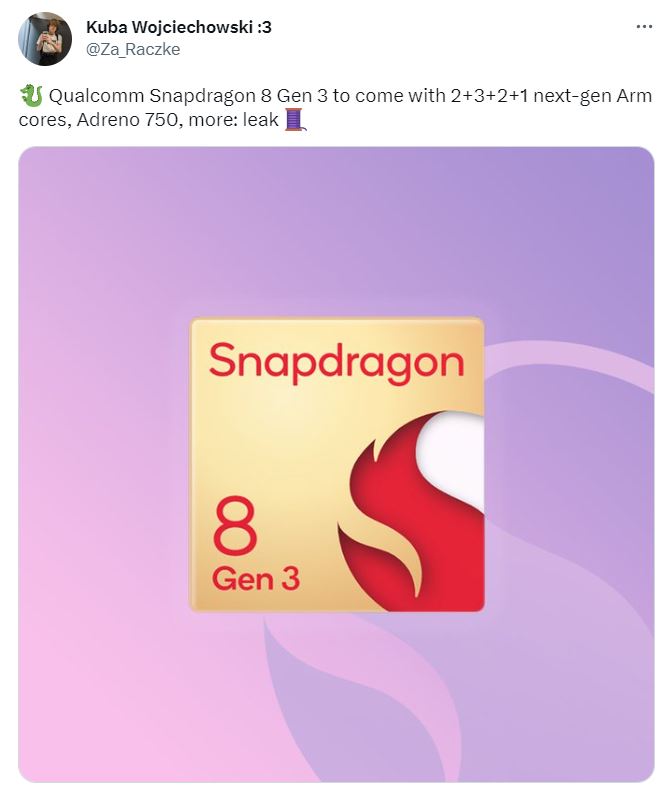The Samsung Galaxy S23 series hit global markets in February 2023. The lineup sees the best worldwide critical acclaim for improving on the fundamental weaknesses of the S22 lineup.
The Qualcomm Snapdragon 8 Gen 2 SOC is a massive leap in thermal management, power efficiency, performance, and sustainability. This gives the S23 series remarkable battery life and no heating problems.
The S23 lineup is barely a month old, but leaks and rumors about the chipsets that Samsung could use on the S24 series already exist.
Qualcomm is most probably not moving to Samsung’s 3nm fabrication. Next year’s Snapdragon 8 Gen 3 will still use a slightly advanced version of the existing TSMC 4nm fabrication. The code name is Lanai or Pineapple.
This means the first consumer product with a 3nm could be the iPhone 15 Pro series. There’s a lot of new information about the 8 Gen 3 chip from a reliable analyst and leaker on Twitter.
Samsung will once again have an exclusive variant of the 8 Gen 3. Phones like the Galaxy S24 lineup and the flagship foldable will get a slightly higher-clocked SOC.
Slight overclock makes no practical difference, and it is merely marketing material, but we don’t know how deep this partnership runs. If Qualcomm and Samsung work together for better chip optimization, this collaboration will make a difference in everyday use.
In essence, Samsung will gain early access to the Plus model of chips that Qualcomm releases in the middle of the year.
The Qualcomm SM8650 (8 Gen 3) will have a slightly different CPU configuration, including marketing terms that Qualcomm hasn’t used. It has a weird 2+3+2+1 configuration, radically different from the existing 1+4+3 arrangement.
It’s split into Silver, Gold, Titanium, and Gold Plus. We can assume Silver cores are the efficiency cores, Titanium is the prime core, and the others probably refer to performance cores. Here’s a more elaborate list:
- Codename: Hayes, A5XX (2 Silver Cores).
- Codename: Hunter, A7XX (3 Gold Cores).
- Codename: Hunter, A7XX (2 Titanium Cores).
- Codename: Hunter ELP, XN (1 Gold Plus Core).
We haven’t seen this cluster before and are unsure what difference it’ll make to overall performance. We still have no idea what the two titanium cores mean.
Speculation mostly says it’s a slightly higher clock speed, probably with more cache. There’s also little information about the difference between a Gold and Titanium core.
Hunter ELP and Hayes are entirely unknown, and we don’t know the performance of those cores. Moreover, according to the leaks, these cores only support 64-bit software, which signifies that they’re entirely dropping 32-bit software.
Google’s Pixel 7 and 7 Pro are the world’s first Android phones with only 64-bit support, ending support for 32-bit. Now, any phone with the 8 Gen 3 will follow in the same footsteps.
This is terrible news for some developers and those on older Android phones. App support will suffer. There is also some information about the GPU, and Qualcomm uses the Adreno 750.
This is called Adreno 7.9.0, 7.2.0 on the existing 8 Gen 2. The clock speed is 770 MHz, but that’s not final and could change with the final announcement.
The final information is that the 8 Gen 3 will run on Linux Kernel 6.1 with Android 14.
The 8 Gen 3’s announcement is mainly in Q4 2023, so we don’t recommend taking these leaks as one hundred percent accurate. However, it still gives us a decent outlook on what to expect from the upcoming 8 Gen 3 chip.




